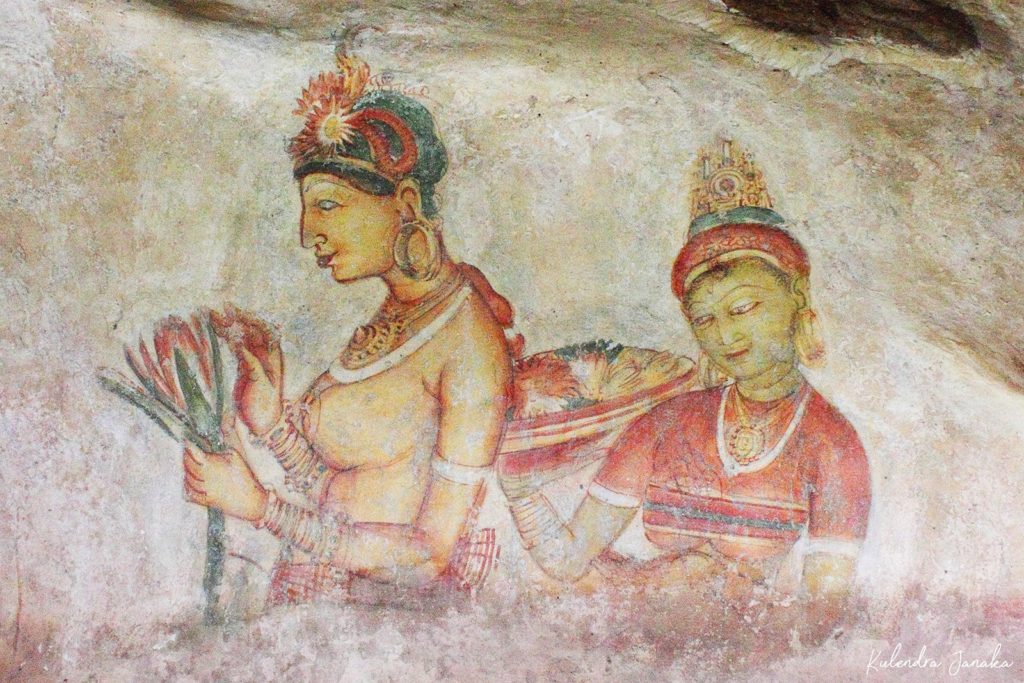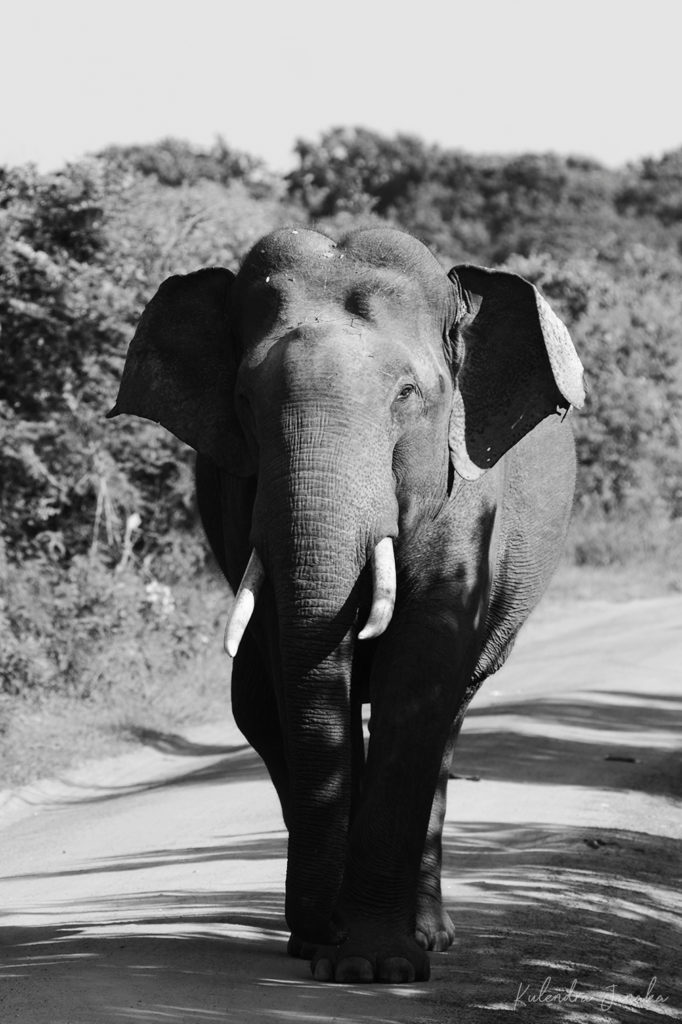Understanding Sri Lanka
(It’s been a while since I last updated my blog. I originally planned to update it during the week of Easter, covering the South and South East Asian New Year celebrations that fell a week before. On Easter Sunday, Sri Lanka underwent through a coordinated attack of six bombs that killed over 250. Targets were mainstream hotels and churches, where many gathered for the Easter mass. In the time from that, I haven’t had the state of mind to write much, but I figured that I should start, and at least focus on Sri Lanka so that more people will learn about my country. So here goes.)
Sri Lanka is a multi-ethnic, multi-religious country that has a history of over 2500 years. Many historical accounts date the first civilization to have formed by emigrants from present day Bengal region around 543 BCE. A prince Vijaya, who was exiled from his country is supposed to have landed in Sri Lanka, with 700 men who then conquered the land from then inhabitants. The inhabitants at the time were called Yaksha tribesmen and have other myths and chronicles that relate them to the King Ravana of the Indian epic of Ramayana.

Frescoes of Sigiriya rock fortress dating back to around 475 CE. 
Prehistoric writings/markings at Thanthirimale.
Archeologists agree that prior to the arrival of prince Vijaya, Sri Lanka was in fact home to humans from at least 125,000 BCE. There are archeological evidence in Balangoda, Anuradhapura, Horton Plains and Manthei that show that these pre-historic humans in Sri Lanka made use of stone tools, had funeral/burial rituals, carried out early forms of agriculture and participated in trade with other areas and possibly exporting Copper ore.
During the time period from 1505 to 1948, at least parts of the country were colonized by the Portugese, the Dutch and the British. In 1815, the British managed to take control of the entire country. Prior to this, parts of the country had also been under South Indian kingdoms that included Cholas and Pandyas.

Reclining Buddha statue of Thanthirimale. 
Gopuram of the Naga Bhushani Amman kovil, Nainativu, Jaffna.
Buddhism was introduced to Sri Lanka around 300 BCE and has been a state sponsored religion. Even through the British colonization, the religion was given a foremost place, albeit nominally. Close proximity to India has had a reasonable influence over the culture of the island. Smaller shrines for local and Hindu deities that are sometimes hosted within the Buddhist temple premises. There are several prolific Hindu temples throughout the island. Islam may have been to the island during the times of Arabian traders. There are some predominantly Muslim populated areas through the Western and Eastern coasts of the country. Christianity was introduced during the times of western colonization and over time has managed to integrate itself in to the local culture. There are some catholic churches which have received patronage of Buddhists and Hindus alike who visited them asking for some supernatural relief.
Being a small island nation, Sri Lanka hosts a wide variety of tropical ecological zones. Starting from a coastal zone, the land quickly transforms in to a wet lowland zone or an arid lowland zone depending on the location. In the north central and part of the country, dry low altitude landscape prevails to the large part. In the central part of the country, also known as the central hills, the landscape quickly changes to a highland area with altitude reaching over 2000m. Being close to the equator, the country does not get a clear demarcation of summer and winter. The climate is instead defined by the dry and rainy seasons. Due to the large hillside in the middle of the country, parts of it gets strong rains at different times of the year. In the south western part of the island, the rains are strongest during May to September and in the north eastern part of the island, rains are strongest in October to February.
Fauna and flora of Sri Lanka varies widely based on the climate of the country. The island is host to more than 200+ bird species and 100+ mammals. There are about 122 amphibian species out of which nearly 112 are endemic to Sri Lanka. During the period of November to February, a number of migrant bird species arrive in Sri Lanka for breeding and roosting. Sri Lanka is also in the migration route of Blue Whales and Humpback Whales of the Indian Ocean.
Overall, Sri Lanka is an island that is just 65,000 sq km+ and with the longest distance between two points being just 625km. The country has been a home to multiple ethnicities for over a few centuries and running back to at least two and a half millennia of written history. The city of Kandy is home to the sacred temple of Tooth Relic of Buddhists which is believed to hold a tooth of Lord Buddha. There are many ancient ruins that dates from 375 BCE to around 1000 CE in the city of Anuradhapura. The city of Jaffna is home to the Nallur temple, one of the holiest temples for the Hindus. The main commercial city of the country, Colombo is host to some of the grandest churches. In a few hours drive from Colombo, you can reach the famed beaches of the south or if you are more of an adventurer/explorer, head out towards Arugam Bay on the eastern coast or towards Ella, a laid back hill town which is extremely popular among the backpackers. If you are more of a wildlife enthusiast, you can head over to Yala National Park or the Wilpattu National Park. Or simply just chill out in one of the many luxurious hotels throughout the country.
One of the old names for the island Serendib, has given rise to the term serendipity, a term meaning things happening by chance and ending in a happy way. Perhaps it is time for you to make that journey to Sri Lanka too and find out more about serendipity.



